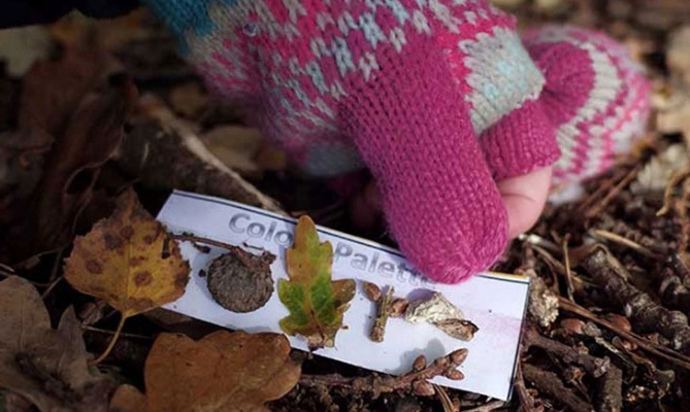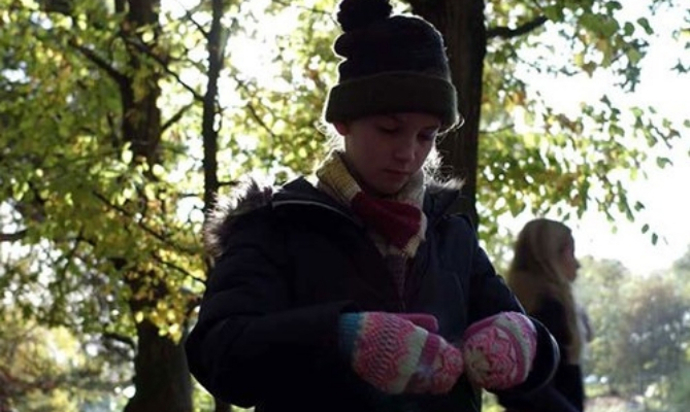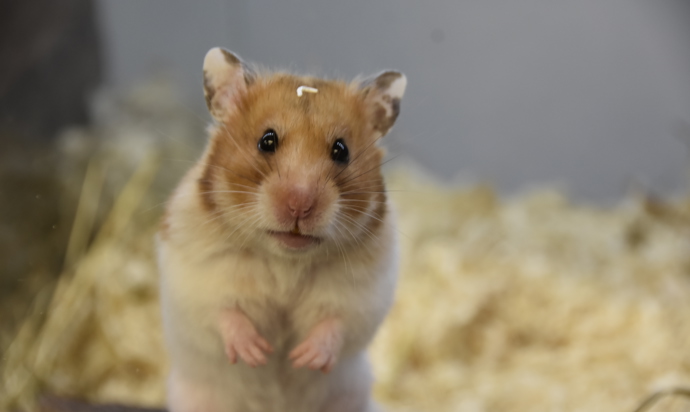What is a habitat? Why does a fox choose to live in the woodland? What does a badgers footprint look like and how can we identify animals from their footprints? All these questions and more are answered in this exciting exploration of “Animal Homes”. The students will use teamwork, communication and problem solving to understand how different animals survive and why they choose to live in the woodland habitat.
Construct homes for Mr Badger, Miss Squirrel and their woodland friends based around the observations students have made. What’s more, students will get the opportunity to transform into a badger to see whether our woodland habitat will give them a full tummy in our 'Badger’s Breakfast' activity!
Itinerary
- On arrival a member of the team will welcome your group to the Centre and go through the schedule for the day, learning objectives and health and safety issues.
- The day will begin with the children following the “Footprint trail” and identifying who has left footprints for them to follow!
- In the woodland area discuss different types of animal homes and their names. Questioning why an animal would choose a woodland habitat and what a habitat provides them to enable them to survive.
- Students are given toy animals in small groups and using natural materials, build the home they feel would be right for their animal.
- Badger’s breakfast activity. Go on a hunt in the woods to find as many of the foods Mr Badger would eat for breakfast.
- “Into the Wild Woods” Story (if time allows).
- On our way back to the Classroom students will look for any signs of real animal homes (nests, mole hills, mouse holes, badger sets etc).
- Lunch.
Please note activities may vary dependent on which Day centre you are visiting.
Key learning outcomes
KS1 Science National Curriculum
- identifying and classifying
- using their observations and ideas to suggest answers to questions
- asking simple questions and recognising that they can be answered in different ways
Year 1:
Animals including humans
- identify and name a variety of common animals including fish, amphibians, reptiles, birds and mammals
Year 2:
Living things and their habitats
- identify that most living things live in habitats to which they are suited and describe how different habitats provide for the basic needs of different kinds of animals
- describe how animals obtain their food from plants and other animals, using the idea of a simple food chain, and identify and name different sources of food
Animals including humans
- find out about and describe the basic needs of animals, including humans, for survival (water, food and air)
You may also like...
Further information
Book this activity
For more information about booking this activity please contact the relevant centre.
Contact centreLet us build a bespoke visit just for you!
We offer bespoke packages to meet the needs and requirements of your class. Just get in touch with the team.
Contact usClothing
Some outdoor clothing and footwear is available at the Centre but please ensure children are dressed warmly with suitable waterproof outerwear. Please dress for the weather. Detailed activity sheets will be provided at the centre for group’s self-leading sessions. Please note all activity programmes may vary depending on number of pupils and their needs, length of visit and weather conditions.









